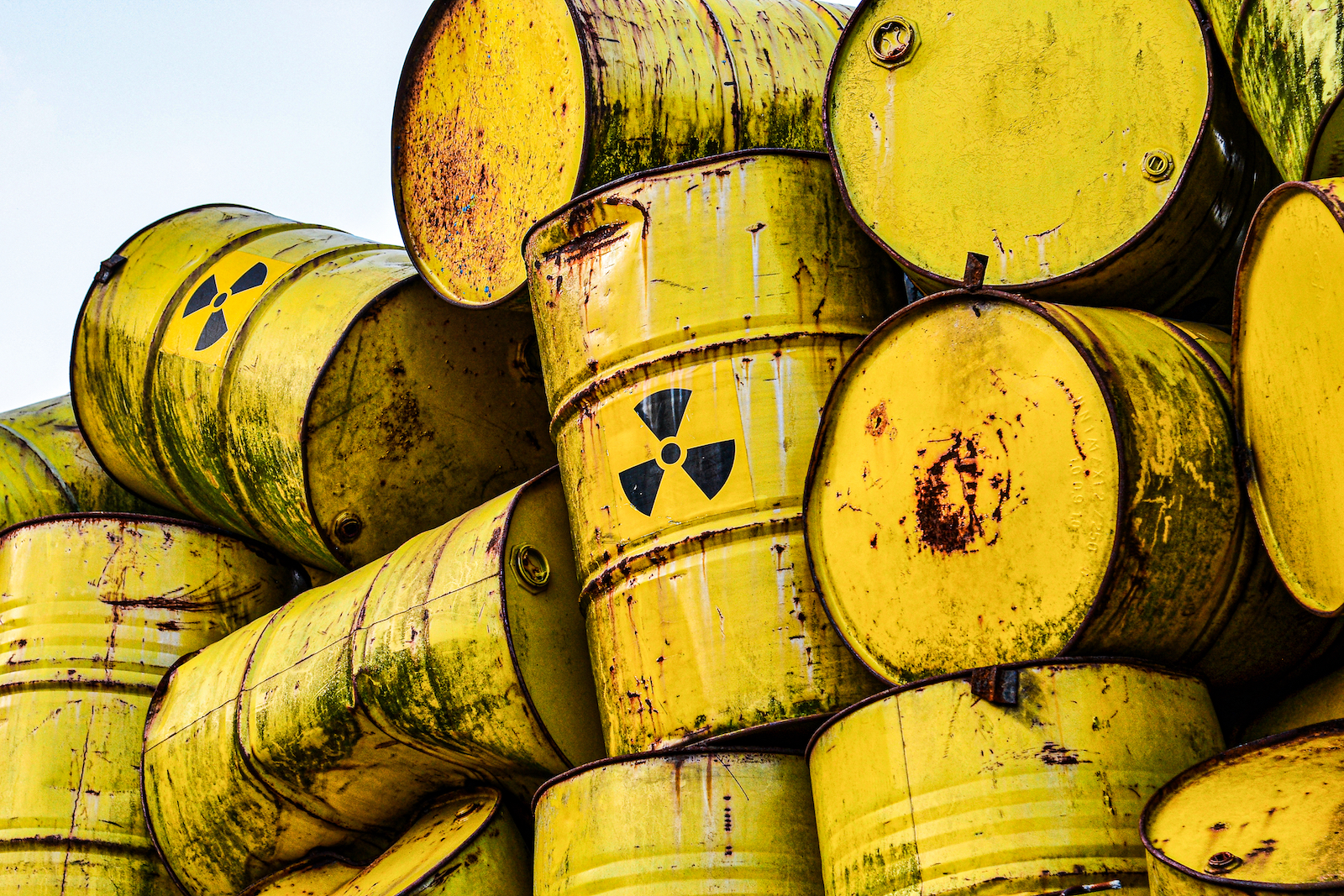
Spent Matters: The AUKUS Nuclear Waste Problem
When Australia – vassal be thy name – assumed responsibilities for not only throwing money at both U.S. and British shipbuilders, lending up territory and naval facilities like a gambling drunk, and essentially asking its officials to commit seppuku for the Imperium, another task was given. While the ditzy and dunderheaded wonders in Canberra would be acquiring submarines with nuclear propulsion technology, there would be that rather problematic issue of what to do with the waste. “Yes,” said the obliging Australians, “we will deal with it.”
The Australian Defence Department has published a fact sheet on the matter, which, as all such fact sheets go, fudges the facts and sports a degree of misplaced optimism. It promises a “sophisticated security and safety architecture” around the nuclear-powered submarine program, “building on our 70-year unblemished track record of operating nuclear facilities and conducting nuclear science activities.”
This record, which is rather more blemished than officials would care to admit, does not extend to the specific issues arising from maintaining a nuclear-powered submarine fleet and the high-level waste that would require shielding and cooling. In the context of such a vessel, this would entail pulling out and disposing of the reactor once the submarine is decommissioned.
Australia’s experience, to date, only extends to the storage of low-level waste and intermediate-level waste arising from nuclear medicine and laboratory research, with the low-level variant being stored at over a hundred sites in the country. That situation has been regarded as unsustainable and politically contentious.
The department admits that the storage and disposal of such waste and spent fuel will require necessary facilities and trained personnel, appropriate transport, interim and permanent storage facilities, and “social license earned and sustained with local and regional communities.” But it also notes that the UK and the U.S. “will assist Australia in developing this capability, leveraging Australia’s decades of safely and securely managing radioactive waste domestically.”
That’s mighty good of them to do so, given that both countries have failed to move beyond the problem of temporary storage. In the UK, the issue of disposing of waste from decommissioned nuclear submarines remains stuck in community consultation. In the U.S., no option has emerged after the Obama administration killed off a repository program to store waste underneath Nevada’s Yucca Mountain. The reasons for doing so, sulked Republicans at the time, were political rather than technical.
Where, then, will the facilities to store and dispose of such waste be located? “Defence – working with relevant agencies including the Australian Radioactive Waste Agency – will undertake a review in 2023 to identify locations in the current or future Defence estate that could be suitable to store and dispose of intermediate-level waste and high-level waste, including spent fuel.”
The various state premiers are already suggesting that finding a site will be problematic. Both Victoria and Western Australia are pointing fingers at South Australia as the logical option, while Queensland has declared that “under no circumstances” would it permit nuclear waste to be stored. “I think the waste can go where all the jobs are going,” remarked Victorian Premier Daniel Andrews. “I don’t think that’s unreasonable, is it?”
Western Australia’s Mark McGowan, in furious agreement, suggested that a site “somewhere remote, somewhere with very good long-term geological structure that doesn’t change or move and somewhere that is defence lands” narrowed down the options. “[T]hat’s why Woomera springs to mind.”
South Australia’s Peter Malinauskas insists that the waste should go “where it is in the nation’s interest to put it” and not be a matter of “some domestic political tit-for-tat, or some state-based parochial thing.”
When it comes to storing nuclear waste, parochialism is all but guaranteed. The Australian government is already facing a legal challenge from traditional owners regarding a 2021 decision to locate a nuclear waste site at Kimba in South Australia. The effort to find a site for the National Radioactive Waste Management Facility intended for low and intermediate radioactive waste produced by the Australian Nuclear Science and Technology Organisation at Lucas Heights, New South Wales, took three decades.
According to members of the First Nations group opposing the decision, the proposed facility risks interfering with a sacred site for women. Dawn Taylor, a Barngarla woman, and Kimba resident, told the ABC that, “The Seven Sisters is through that area.” She feared that the waste facility would end up “destroying” the stories associated with the dreaming.
Madeleine King, the federal resources minister, has stated with little conviction that a cultural heritage management plan “informed by the research of the Barngarla people” is in place. “There are strict protocols around the work that is going on right now to make sure there is no disturbance of cultural heritage.”
Local farmers, including the consistently vocal Peter Woolford, are also opposed to the project. “We just can’t understand why you would expose this great agricultural industry we have here in grain production to any potential risk at all by having a nuclear waste dump here.”
The Australian security establishment may well be basking in the moment of AUKUS, itself an insensibly parochial gesture of provocation and regional destabilisation, but agitated residents and irate state politicians are promising a good deal of sensible mischief.
